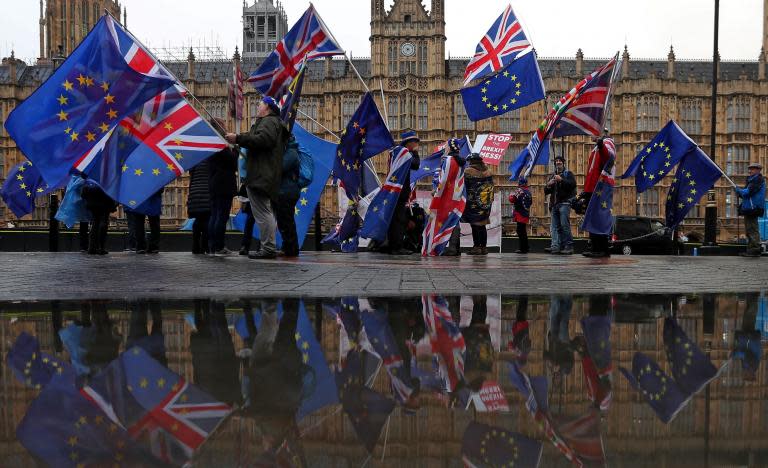The other options: What is the Norway model and is it really a decent fit for the UK?
The UK and Norway have one thing in common. In 1994, the Norwegian people rebuffed their political class and rejected EU membership by 52 to 48 per cent in a referendum. Sound familiar? Instead, Norway joined the European Economic Area (EEA) and European Free Trade Association (EFTA) along with Iceland, Liechtenstein and Switzerland. Norway enjoys membership of the EU single market, but is not in the customs union.
In the Norway plus plan, proposed by the Tory backbencher Nick Boles, the “plus” is the UK being in a temporary but indefinite customs union with the EU. His plan has cross-party backing and could become the cabinet’s plan B if Theresa May’s deal is sunk. But some ministers would resign and critics claim it would split the Conservative Party.
Supporters insist that Norway plus is the only option capable of winning a Commons majority. But the Labour leadership is not convinced by it. Although 75 Labour MPs backed EEA membership in June, some of them now prefer a referendum.
For Remainers, Norway plus would keep the UK close to the EU (and easier to rejoin in the future). With parliament deadlocked, it might win the backing of some Leavers, including Michael Gove, as a port in a storm to get Brexit “over the line” in March, and temporary staging post to a looser EU trade agreement in the medium term.
Crucially, it would preserve a 21-month transitional period from March and take effect in January 2021.
Backers say Norway plus would represent a return to the “common market” the UK joined in 1973.
It would be free from the EU's common agricultural and fisheries policies. The EFTA Court is seen as less intrusive than the European Court of Justice. Financial contributions would be much smaller than under EU membership.
However, there are downsides. The UK would have to obey EU single market rules without having a say over them. Critics claim this would not honour the result of the 2016 referendum and would allow the EU to weaken UK industries including financial services. (Norway’s two biggest industries, oil and fishing, are outside the EU’s orbit).
The UK’s ability to strike trade deals with non-EU countries would be very limited. Norway plus would not end free movement, so opponents say it would not address a key driver of the 2016 referendum decision.
It would probably win the DUP’s backing and make it less likely the Northern Ireland backstop would be needed. But the controversial backstop would remain in the withdrawal agreement.
Supporters say Norway plus would win EU approval. But the UK might not fit easily into EFTA, or be welcomed with open arms. With a much bigger economy and 66 million people, the UK would dwarf four nations with a combined population of 14 million, and so fundamentally change the club.
There are fears that the UK, with its liking for opt-outs and “cherry-picking”, would disrupt EFTA’s “one for all, all for one” system under which the association opposes EU legislation if one member is against it.
Norway plus is not the first choice of many MPs but might become their second. With some MPs wary of another referendum, it might yet become the compromise around which the Commons coalesces.

 Yahoo News
Yahoo News 

